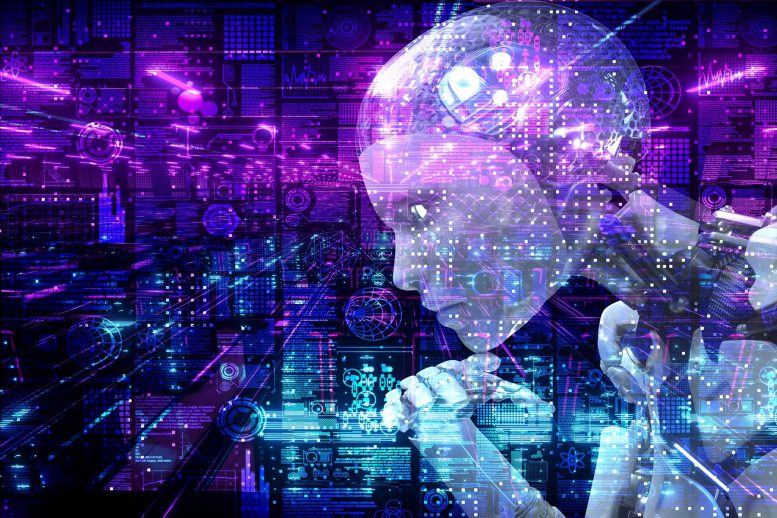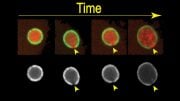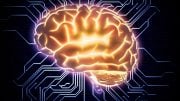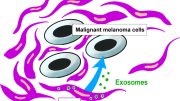
Athanassios S. Fokas argues that AI, despite its advancements, is still far from matching human thought, as it lacks the ability to fully replicate the complexity of human cognition, including emotions, creativity, and unconscious processes.
In a new perspective recently published in the journal PNAS Nexus, Athanassios S. Fokas explores a timely question: the potential of artificial intelligence (AI) to achieve and possibly exceed human cognitive capabilities. Historically, the focus has been on assessing computer models based on their proficiency in complex tasks, like triumphing in Go or engaging in conversations indistinguishable from those with humans.
According to Fokas, this approach has a key methodological limitation. Any AI would have to be tested on every single conceivable human goal before anyone could claim that the program was thinking as well as a human.
Alternative methodologies are therefore needed.
The Limitations of AI
In addition, the “complex goal” focus does not capture features of human thought, such as emotion, subjective experience, or understanding.
Furthermore, AI is not truly creative: AI cannot make connections between widely disparate topics, using methods such as metaphor and imagination, to arrive at novel results that were never explicit goals.
AI models are often conceptualized as artificial neural networks, but human thinking is not limited to the neurons; thinking involves the entire body, and many types of brain cells, such as glia cells, that are not neurons.
Fokas argues that computations reflect a small part of conscious thinking and that conscious thought itself is just one part of human cognition. An immense amount of unconscious work goes on behind the scenes. Fokas concludes that AI is a long way from surpassing humans in thought.
Reference: “Can artificial intelligence reach human thought?” by Athanassios S Fokas, 19 December 2023, PNAS Nexus.
DOI: 10.1093/pnasnexus/pgad409









It’s becoming clear that with all the brain and consciousness theories out there, the proof will be in the pudding. By this I mean, can any particular theory be used to create a human adult level conscious machine. My bet is on the late Gerald Edelman’s Extended Theory of Neuronal Group Selection. The lead group in robotics based on this theory is the Neurorobotics Lab at UC at Irvine. Dr. Edelman distinguished between primary consciousness, which came first in evolution, and that humans share with other conscious animals, and higher order consciousness, which came to only humans with the acquisition of language. A machine with only primary consciousness will probably have to come first.
What I find special about the TNGS is the Darwin series of automata created at the Neurosciences Institute by Dr. Edelman and his colleagues in the 1990’s and 2000’s. These machines perform in the real world, not in a restricted simulated world, and display convincing physical behavior indicative of higher psychological functions necessary for consciousness, such as perceptual categorization, memory, and learning. They are based on realistic models of the parts of the biological brain that the theory claims subserve these functions. The extended TNGS allows for the emergence of consciousness based only on further evolutionary development of the brain areas responsible for these functions, in a parsimonious way. No other research I’ve encountered is anywhere near as convincing.
I post because on almost every video and article about the brain and consciousness that I encounter, the attitude seems to be that we still know next to nothing about how the brain and consciousness work; that there’s lots of data but no unifying theory. I believe the extended TNGS is that theory. My motivation is to keep that theory in front of the public. And obviously, I consider it the route to a truly conscious machine, primary and higher-order.
My advice to people who want to create a conscious machine is to seriously ground themselves in the extended TNGS and the Darwin automata first, and proceed from there, by applying to Jeff Krichmar’s lab at UC Irvine, possibly. Dr. Edelman’s roadmap to a conscious machine is at https://arxiv.org/abs/2105.10461
No, not currently.
AI can think the way a human codes it to think.